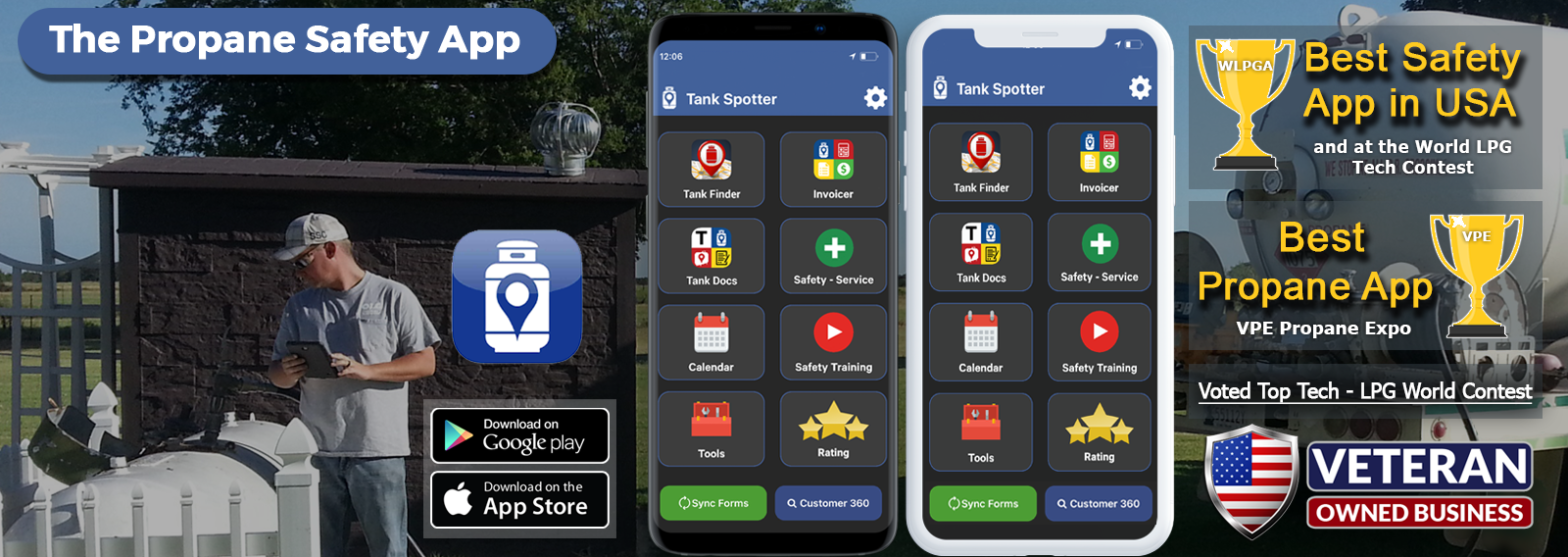Bridging the Gap: How CRM Strengthens Customer Relationships
Fostering strong customer relationships is more important than ever. But for small businesses, managing multiple customer interactions across various channels can feel overwhelming. That’s where Customer Relationship Management (CRM) software comes in – a powerful tool that can revolutionize the way you connect with your customers and drive business growth. CRM isn’t just for large… Continue reading Bridging the Gap: How CRM Strengthens Customer Relationships





